Taking care of our hair is an essential part of our grooming routine. One of the common practices to maintain healthy hair is oiling. Oiling provides nourishment, hydration, and stimulates hair growth. However, many individuals unknowingly make mistakes while oiling their hair, which can affect the overall benefits. In this article, we will explore the mistakes to avoid while oiling your hair and learn the correct techniques for maximum effectiveness.
Importance of Oiling Hair
Oiling hair is more than just a traditional practice; it offers numerous benefits for hair health. By understanding these benefits, we can grasp the significance of avoiding common mistakes.
Nourishment and Hydration
Oiling hair provides essential nutrients and hydration to the scalp and hair follicles. It helps in retaining moisture, preventing dryness, and reducing issues like dandruff and itchiness. Regular oiling keeps the hair soft, shiny, and manageable.
Stimulating Hair Growth
Proper oiling techniques stimulate blood circulation in the scalp, promoting hair growth. It strengthens the hair roots, reduces hair fall, and encourages new hair follicles to emerge. Additionally, massaging the scalp during oiling helps relax the muscles and relieve stress.
Common Mistakes When Oiling Hair
To maximize the benefits of oiling, it is crucial to avoid these common mistakes:
Using Excessive Amounts of Oil
Using excessive amounts of oil can weigh down the hair and make it greasy. It is essential to determine the appropriate quantity based on hair length and thickness. Applying a moderate amount evenly from roots to tips ensures better absorption and prevents oil buildup.
Applying Oil to Dirty Hair
One common mistake is applying oil to dirty or unwashed hair. Oiling on dirty hair can trap dirt, impurities, and styling product residue. It is important to wash the hair before oiling to ensure the oil penetrates the scalp and hair shaft effectively.
Neglecting Scalp Massage
Massage plays a vital role in oiling hair. Neglecting scalp massage reduces the effectiveness of the oil. Massaging the scalp using circular motions with your fingertips improves blood circulation and helps the oil reach the hair follicles, promoting nourishment and hair growth.
Choosing the Right Oil for Your Hair
Different hair types and textures require specific oils for optimal results. Understanding the characteristics of various oils will help in selecting the right one for your hair.
Hair Type and Texture
Determining your hair type and texture is essential in selecting the appropriate oil. For example, individuals with dry hair may benefit from oils like coconut, olive, or argan oil, which provide deep hydration. On the other hand, individuals with oily hair should opt for lighter oils like jojoba or grapeseed oil.
Understanding Different Oils
Each oil has unique properties and benefits. Coconut oil strengthens hair, prevents protein loss, and adds shine. Argan oil nourishes and tames frizzy hair. Jojoba oil regulates sebum production, promoting balanced and healthier hair. Researching and experimenting with different oils will help you find the most suitable one for your hair.
Correct Techniques for Oiling Hair
To ensure effective oiling, follow these correct techniques:
Sectioning the Hair
Divide your hair into sections using clips or hair ties. This method ensures that every part of your scalp receives oil and massage evenly. Sectioning also prevents the oil from dripping onto your face or clothes during the process.
Applying the Oil
Take a small amount of oil in your palms and rub them together to warm it. Start applying the oil from the roots to the tips, gently massaging it into the scalp. Make sure to cover each section of your hair thoroughly. Applying oil evenly prevents uneven distribution and ensures maximum absorption.
Massaging the Scalp
After applying the oil, use your fingertips to massage the scalp in circular motions. Apply gentle pressure to stimulate blood flow and allow the oil to penetrate deeper into the hair follicles. A scalp massage not only enhances the effectiveness of oiling but also provides relaxation and relieves stress.
Frequency and Duration of Hair Oil
The frequency and duration of hair oiling vary depending on individual preferences and hair needs. Some individuals prefer oiling their hair once or twice a week, while others may do it more frequently. Experimenting with different frequencies will help you understand what works best for your hair. It is important to strike a balance and avoid excessive oiling, which can lead to greasiness.
Precautions to Take When Oiling Hair
While oiling your hair, it is essential to take the following precautions:
Protecting Clothing and Bedding
To prevent oil stains, it is advisable to cover your clothes and bedding with a towel or wear an old shirt while oiling your hair. This protects your garments from potential oil spills or transfer during the process.
Avoiding Heat Styling
Applying heat to oiled hair can cause damage and weaken the hair strands. It is recommended to avoid using heating tools like blow dryers, curling irons, or straighteners immediately after oiling. Let your hair naturally absorb the oil and dry before using any heat styling devices.
Additional Tips for Healthy Hair
Besides avoiding common mistakes, consider these additional tips for maintaining healthy hair:
- Regularly trim your hair to remove split ends and promote healthy growth.
- Use a wide-toothed comb or a brush with soft bristles to prevent hair breakage.
- Protect your hair from excessive sun exposure by wearing a hat or using UV-protective products.
- Eat a balanced diet rich in vitamins, minerals, and proteins to support overall hair health.
- Stay hydrated by drinking an adequate amount of water daily.
Conclusion
Oiling hair is a beneficial practice for maintaining healthy and beautiful locks. By avoiding common mistakes and following the correct techniques, you can maximize the advantages of oiling. Remember to choose the right oil for your hair type, apply it evenly, and massage your scalp for optimal results. Take precautions, such as protecting clothing and avoiding heat styling. By incorporating these practices into your hair care routine, you can enjoy strong, lustrous, and nourished hair.

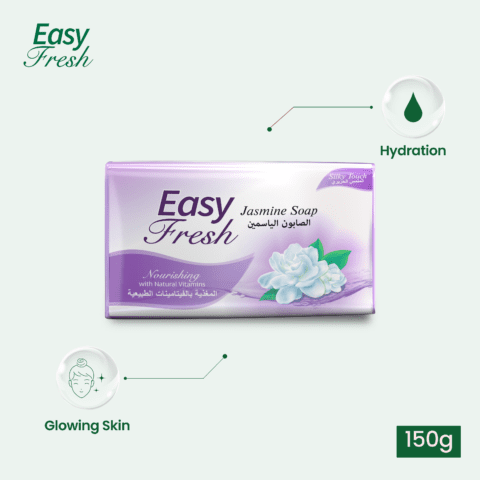
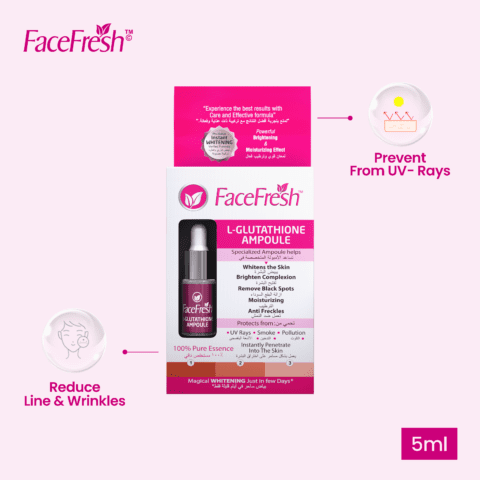
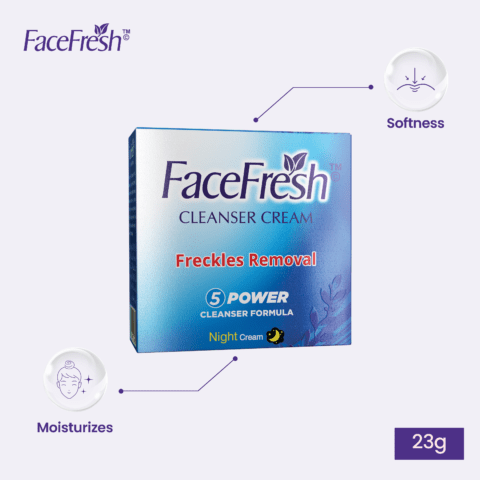
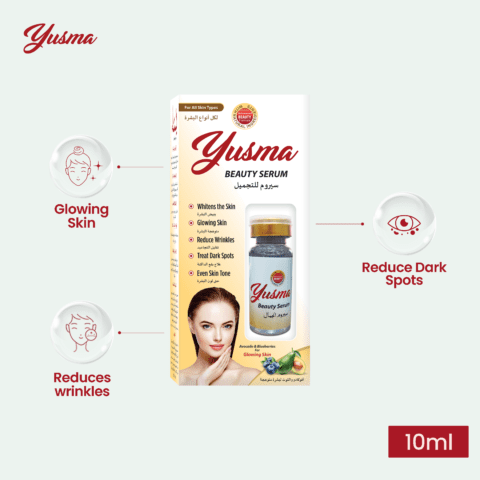
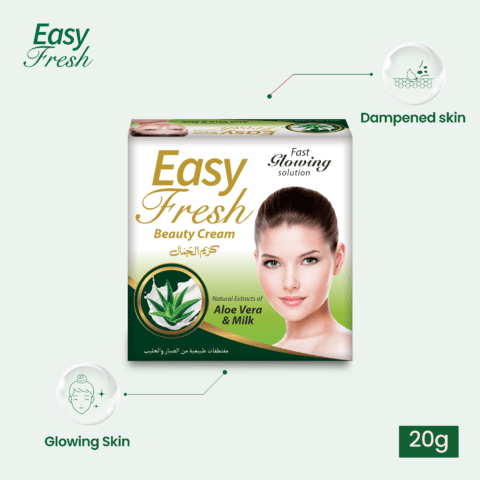
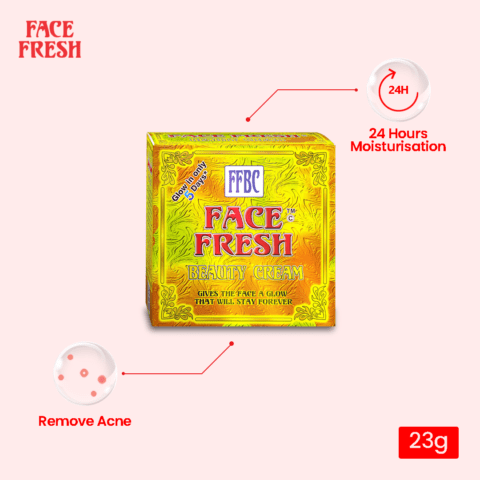

Leave a comment
Your email address will not be published. Required fields are marked *